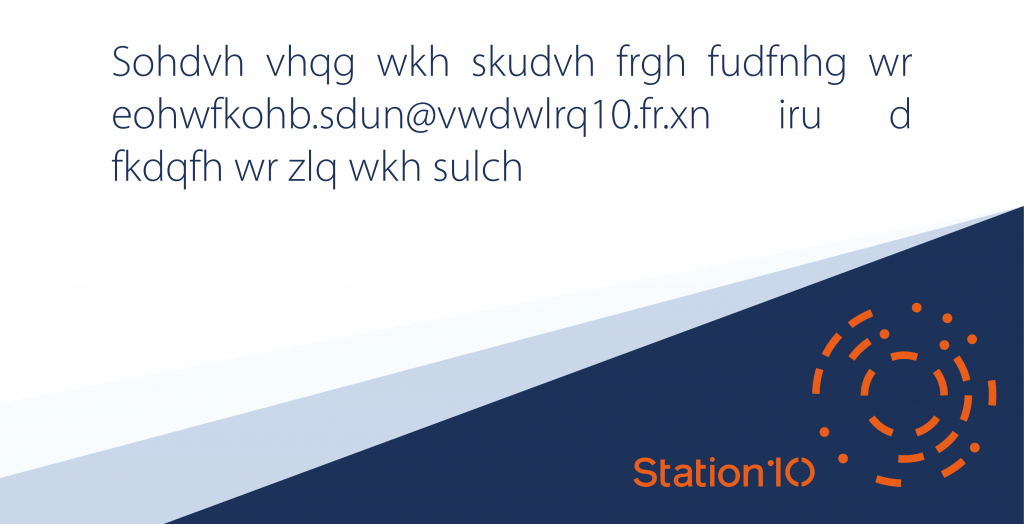#AdobeSummit2021

Adobe Summit 2021 is here, and here with a bang!
Notes from US Keynote – EMEA updates to follow.
The opening keynote was a great start to the virtual event, whetting people’s appetite for the great things to come. After the introduction from Shantanu Narayen, Adobe’s CEO handed over to Anil Chakravarthy, EVP, GM Digital Experience Business, who blitzed us with the huge number of impressive innovations coming this year from Adobe. These included (but weren’t limited to!):
- AEP Collection Enterprise – Shifts client side tagging onto Adobe’s servers, simplifying data collection and providing faster websites and apps
- AEP Segment Match – Using 2nd party data agreements (allowing you to use your partners’ first party data) to augment your knowledge of your customers
- Real Time Customer Data Platform B2B Edition (RTCDPB2B) – Coming to beta
- Enhanced Customer Journey Analytics – Including new intelligent alerts
- Adobe Journey Optimizer – Managing customer journeys and engagements end to end, in an omnichannel world
- AEM Headless Content Management – Smart headless CMS with Adobe Sensei
- Intelligent Visual Recommendations – AI/ML powered product recommendations
- Live Search – Powered by Adobe Sensei
- Adobe Sign integrations into Commerce and Marketo Engage
- Marketing System of Record – The One Stop Shop for Marketing powered by Adobe Experience Cloud + Workfront
- Target on Device Decisioning
One item that was mentioned both during the innovations and some of the later video interviews is the importance of privacy, and the management of data as we enter a cookieless world – two factors Adobe Experience Platform (AEP for short) is aligning to provide insights as these changes progress.
From here it was onto the interviews. Albert Bourla, the Chairman and CEO of Pfizer was up first, discussing a number of ways in which Pfizer had to transform to meet the challenges the pandemic, and the delivery of the vaccine. Some key wisdom shared, important for all businesses, was his quote ‘every time you are in front of impossible tasks, you need to think completely differently’.
Deborah Wahl, global CMO of General Motors was up next. Aside from outlining two important areas of strategy (The Ultium batteries and Vehicle Intelligence Platform), Deborah outlined how GM is using Adobe to reconcile customer identity across channels and environments, whilst bringing their franchised dealerships (the physical interaction point in the sales journey) into their digital journey.
Next was one of the most impressive sporting figures ever, Serena Williams. Though this video touched upon her amazing sporting career, it focuses heavily on the ‘back up plan’ (you’ll understand when you watch the video) of VC and Angel investing. We’ll post the link here to the video as soon as we have it.
Finally, in the US version of the keynote, was the President and COO of Fedex, Rajesh Subramaniam. Alongside a number of ways in which Fedex have changed their physical delivery, and their partnership with Adobe, he spoke around the ‘Logistics intelligence’ they can provide small and medium merchants to prosper in.
Next up for Station10 and all other (virtual) attendees, is the innovation streams, and expert Q&A’s, in which these innovations will be brought to life through presentation and demonstration.
As a side note and to celebrate Summit 2021 we’re running a little competition – do you know what a Caesar cipher is? Well let us educate you!
In cryptography, a Caesar cipher, also known as Caesar’s cipher, the shift cipher, Caesar’s code or Caesar shift, is one of the simplest and most widely known encryption techniques. It is a type of substitution cipher in which each letter in the plaintext is replaced by a letter some fixed number of positions down the alphabet. For example, with a left shift of 3, D would be replaced by A, E would become B, and so on. The method is named after Julius Caesar, who used it in his private correspondence.
According to Suetonius, Julius Caesar used it with a shift of three (A becoming D when encrypting, and D becoming A when decrypting) to protect messages of military significance. While Caesar’s was the first recorded use of this scheme, other substitution ciphers are known to have been used earlier.
His nephew, Augustus, also used the cipher, but with a right shift of one, and it did not wrap around to the beginning of the alphabet.
Simply decode our puzzle and follow the instructions to be in with a chance to win an entirely free day’s consultancy from Station10 on any data issue that is troubling you.



